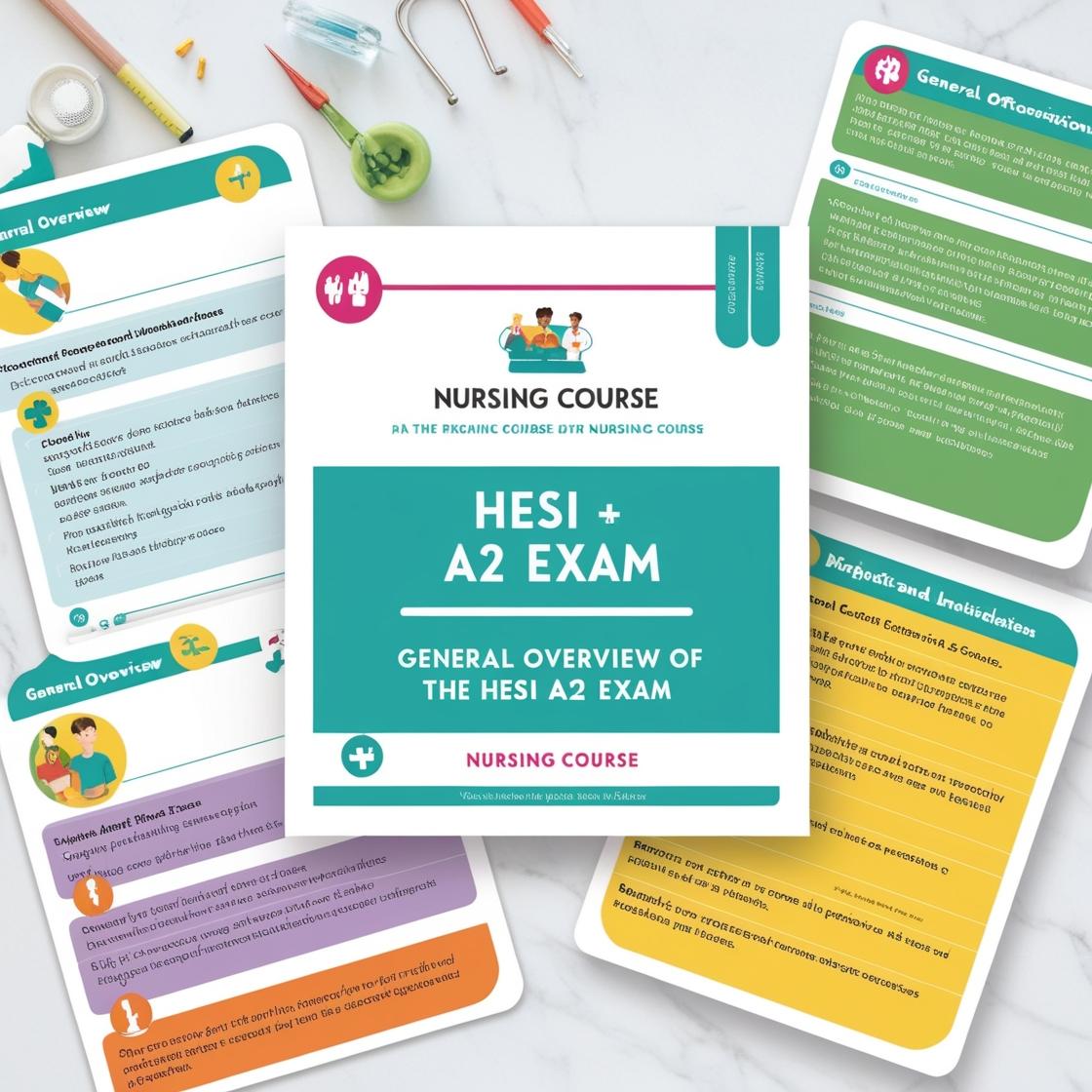HESI A2
HESI Exams Quizlet Physics
1. When a charged particle moves through a vacuum at a constant speed, it generates:
- A. An electric field only
- B. A magnetic field only
- C. Both an electric and magnetic field
- D. Neither an electric nor magnetic field
Correct answer: C
Rationale: A moving charged particle generates both an electric field and a magnetic field. The electric field is due to the charge itself, and the magnetic field is produced by the motion of the charge. Choice A is incorrect because a moving charged particle also generates a magnetic field. Choice B is incorrect because a moving charged particle generates both electric and magnetic fields. Choice D is incorrect as a moving charged particle generates fields due to its charge and motion.
2. Why doesn’t a raindrop accelerate as it approaches the ground?
- A. Gravity pulls it down at a constant rate.
- B. Air resistance counteracts the gravitational force.
- C. Its mass decreases, decreasing its speed.
- D. Objects in motion decelerate over distance.
Correct answer: B
Rationale: The correct answer is B. As a raindrop falls, it experiences air resistance which counteracts the gravitational force pulling it down. This balancing of forces prevents the raindrop from accelerating further as it approaches the ground. Choice A is incorrect because while gravity is pulling the raindrop down, air resistance opposes this force. Choice C is incorrect as the mass of the raindrop remains constant during its fall. Choice D is incorrect because objects in motion may decelerate due to various factors, but in this case, the focus is on why the raindrop doesn't accelerate.
3. In hydraulic systems, Pascal's principle states that a pressure change applied to a confined incompressible fluid is:
- A. Amplified but loses energy
- B. Transmitted undiminished throughout the fluid
- C. Limited by the container size
- D. Dependent on the fluid type
Correct answer: B
Rationale: Pascal's principle states that when a pressure change is applied to a confined incompressible fluid, the resulting pressure change is transmitted undiminished throughout the fluid. This means that the pressure change will be the same at every point in the fluid, regardless of the container size or the type of fluid used. Therefore, choice B is the correct answer. Choices A, C, and D are incorrect because Pascal's principle specifically emphasizes the transmission of pressure without amplification, limitation by container size, or dependence on the fluid type.
4. Diamagnetism refers to a material's weak:
- A. Attraction to magnetic fields
- B. Repulsion to magnetic fields
- C. Amplification of magnetic fields
- D. Indifference to magnetic fields
Correct answer: B
Rationale: Diamagnetism refers to a material's weak repulsion to magnetic fields. When diamagnetic materials are placed in an external magnetic field, they create an opposing magnetic field, leading to repulsion. This is why choice B, 'Repulsion to magnetic fields,' is the correct answer. Choices A, C, and D are incorrect because diamagnetic materials do not exhibit attraction, amplification, or indifference to magnetic fields.
5. A plucked guitar string makes 80 vibrations in one second. What is the period?
- A. 0.0125 s
- B. 0.025 s
- C. 0.125 s
- D. 0.25 s
Correct answer: B
Rationale: The period is the time taken for one complete vibration of the guitar string. To find the period, you need to take the reciprocal of the frequency. Since the string makes 80 vibrations in one second, the period is 1/80 = 0.0125 seconds (or 0.025 s). Choice A is incorrect because it is the reciprocal of 80. Choice C is incorrect as it is 10 times the reciprocal of 80. Choice D is incorrect as it is 100 times the reciprocal of 80.
Similar Questions

Access More Features
HESI A2 Basic
$99/ 30 days
- 3,000 Questions with answers
- 30 days access @ $99
HESI A2 Premium
$149.99/ 90 days
- Actual HESI A 2 Questions
- 3,000 questions with answers
- 90 days access @ $149.99
